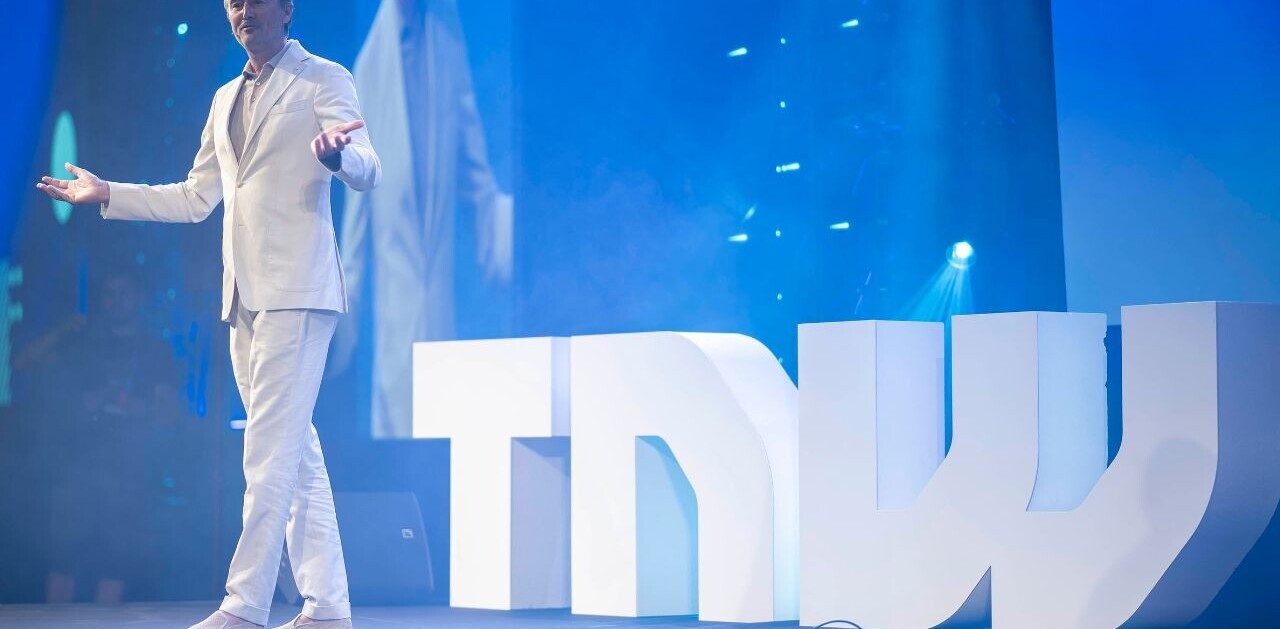
When I visited Next08 in Hamburg earlier this year, I went to see Nate Elliot from JupiterResearch talking about social media marketing. He wasn’t too optimistic. There are two major problems in this field. The first one is clear, marketers just don’t get the new technologies and the fundamental changes in the way people interact with brands. Although they spend 30,000 dollars on a campaign, half of the branded social network pages only have 1,000 friends or less. Secondly, more than 75 percent of the marketers doesn’t measure whether their campaigns were successfully engaging the audience. And only 15 percent measures brand metrics like ‘awareness’ and ‘attention’.
To solve problems like these, people like Michael Lazerow from BuddyMedia come in. His company helps companies to connect with users of social media. “Every brand needs a friend”, is his mantra. Lazerow shared his knowledge during a rather interesting session at Web 2.0 Expo NY. I’ve summarized some of his lessons in four successful social media campaigns he helped set up. Read between the lines and go find some friends for your brand!
1. FedEx Customize Package campaign
 It’s not possible to send attachments on Facebook. Lazerow saw an opportunity here for FedEx and developed an app with which Facebook users could send photos, links, and videos in a customizable FedEx package. This showed up in the newsfeed and users could check their package in the inox. Lazerow purposefully kept the app that simple as he has seen that the most expensive and complicated apps don’t become a success.
It’s not possible to send attachments on Facebook. Lazerow saw an opportunity here for FedEx and developed an app with which Facebook users could send photos, links, and videos in a customizable FedEx package. This showed up in the newsfeed and users could check their package in the inox. Lazerow purposefully kept the app that simple as he has seen that the most expensive and complicated apps don’t become a success.
- 100,000 installs in 72 hours
- More than 300000 active users in six days
- Most active Facebook app for three days
- The uninstall rate was less than 10 percent
- People from over 200 different countries have sent a package.
2. NewBalance RUN-dezvous
 When NewBalance wanted to promote a new line of shoes, Lazerow developed a game that revolved around challenges. Users could play the simple running game (avoid obstacles and stuff like that) and earn Aceback points. These Acebacks could be redeemed for actual shoes. The idea behind the campaign was: “spend some time with us, have fun, and get the product for free.
When NewBalance wanted to promote a new line of shoes, Lazerow developed a game that revolved around challenges. Users could play the simple running game (avoid obstacles and stuff like that) and earn Aceback points. These Acebacks could be redeemed for actual shoes. The idea behind the campaign was: “spend some time with us, have fun, and get the product for free.
Lazerow socialized the campaign by making challenges an important part of the game. Which Facebook friend is the best runner?
- 250,000 active users
- 86% came back at least once
- 57% came back nine times or more
- Over 1 million Acebacks earned by consumers playing the game
3. Budlight Check your Dudeness
Since Facebook makes it possible to specify the age group you’re aiming at, alcohol campaigns are also allowed. So this Budlight app was only accessible for users over 21. The beer brand wanted to socialize the Dude campaign, a series of TV ads consisting of guys saying just “dude”:
[youtube:http://www.youtube.com/watch?v=Cln6VcV4Glo]
Lazerow’s company came up with a quiz to find out what kind of dude you are. You can of course show the results in your profile and the fact that you’ve played the game pops up in your news feed.
- 200,000 installs during five weeks of marketing (could have easily been two million if the budget was available)
- 14% average daily active users growth
- 6000+ daily users
- 19% of the users visited the quiz every day during campaign.
4. Instyle.com Hollywood Hair Makeover
 Facebook users can pick a Hollywood hairstyle with this app by fashion magazine Instyle.com. They can see how it looks and share the final pick with their friends. Based on the feedback, users could decide whether they would take the picture to the hairsalon or not.
Facebook users can pick a Hollywood hairstyle with this app by fashion magazine Instyle.com. They can see how it looks and share the final pick with their friends. Based on the feedback, users could decide whether they would take the picture to the hairsalon or not.
- 185,000 installs in six weeks
- 78% of the user base was part of Instyle’s target group (females, 18-35)
- The average time spent on the site was seven minutes
- 47% of the user base returned more than 25 times
- They on average checked three hairstyles per visit
Banners and TV ads don’t facilitate engagement
Lazerow’s company BuddyMedia recently launched BuddyBrain, a tool that reviews and tracks campaigns by BuddyMedia. Lazerow shared some interesting data which proves that apps in social media provide way more engagement than any old form of advertising:
I think the findings speak for themselves. In particular, users spent an average of 2 minutes and 35 seconds engaged with our branded applications,or 75 times greater than the time consumers spend interacting with traditional banner ads and five times greater than the time spent watching a typical TV commercial. And 85% of our users returned for multiple interactions with our app-vertisements, with 56% of the total user base returning 9 times or more during the month of testing.
Here’s the whole presentation. I suggest you check it out to get some theoretical background.
Get the TNW newsletter
Get the most important tech news in your inbox each week.




